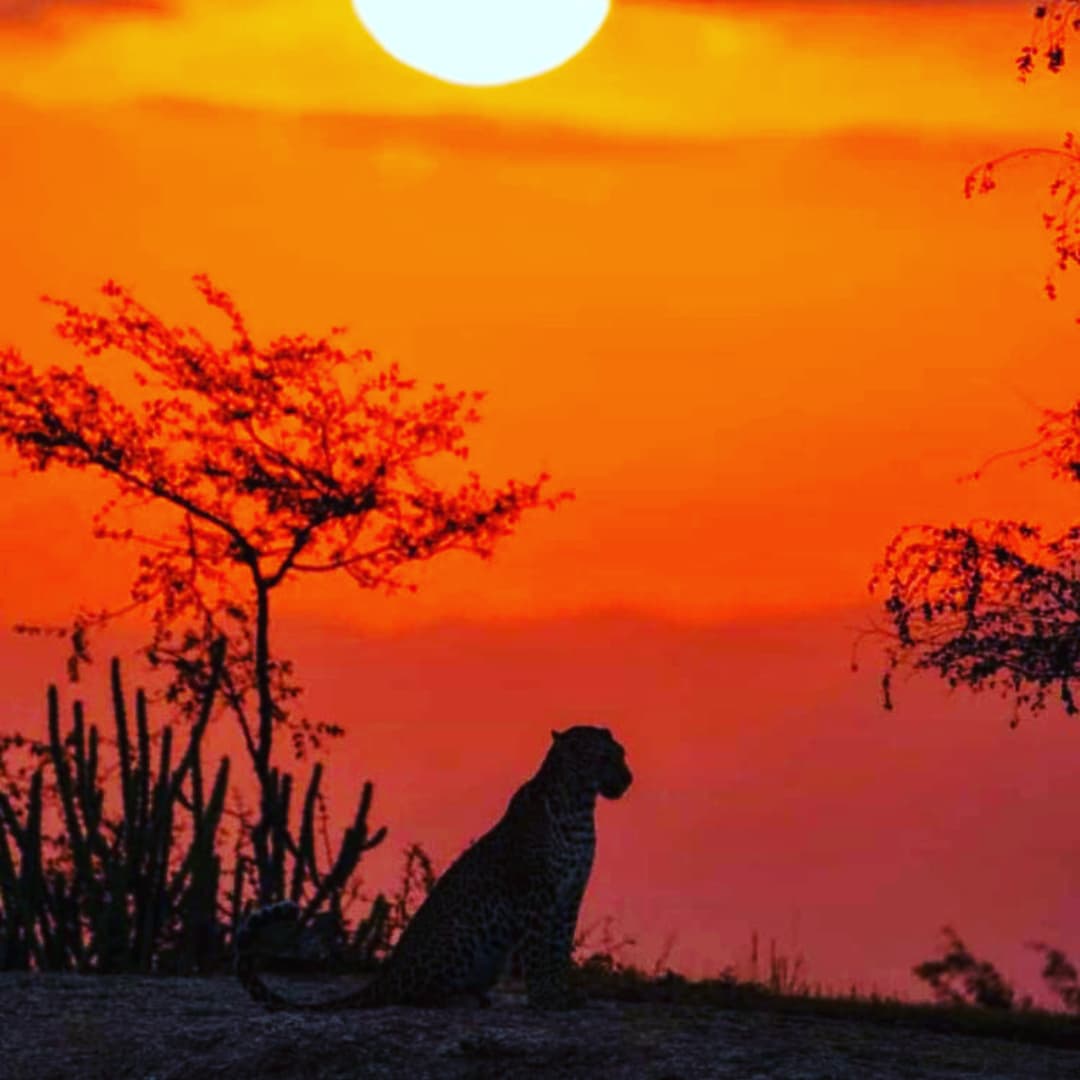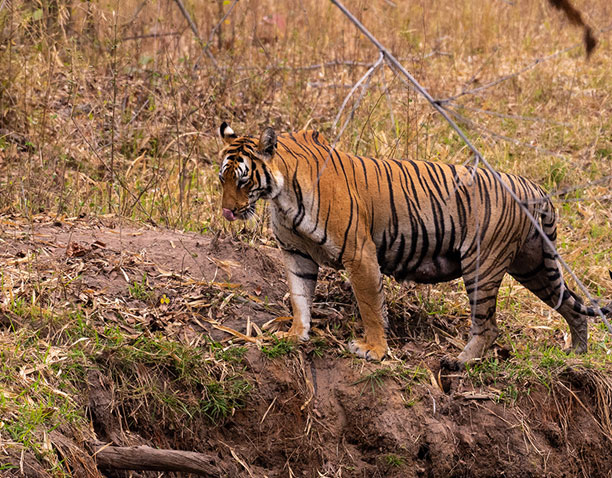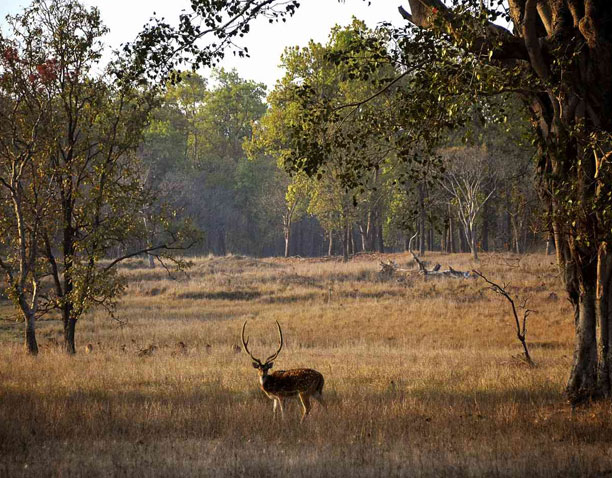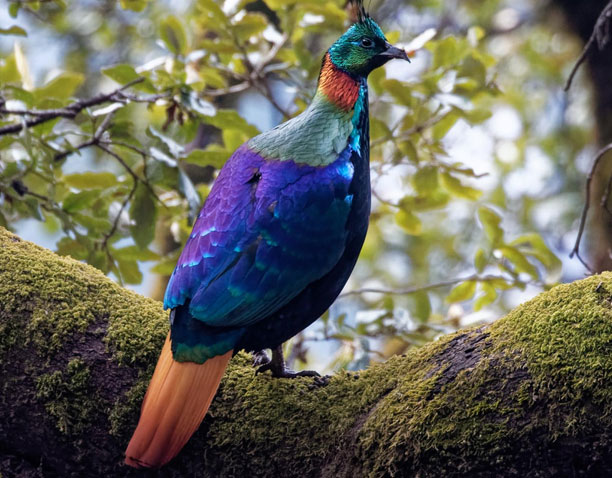The tiger is the largest cat species on Earth, known for its distinctive stripes and weighing over 675 pounds. In the past, tigers were found throughout Asia, but due to various factors such as habitat destruction, poaching, and conflicts between humans and wildlife, about 95 percent of their territory has been lost. Currently, tigers can only be found in the wild in 13 countries, including India, Thailand, Nepal, and the Russian Far East. While the International Union for Conservation of Nature (IUCN) classifies tigers as Endangered globally, the Malayan and Sumatran sub-species are considered Critically Endangered as they have to compete for space with human populations. Tigers are known to be solitary animals that establish their own territories, which they mark through scent and tree scratching. Now a days Tiger Safaris in India is more popular, due to work done by Indian government in Indian wildlife park.
Where Can Tigers be Found?
Ranthambore National Park in Northern India is an excellent location for observing tigers in their natural habitat. It is renowned as one of the top tiger sanctuaries in the country and is a key stop on the Golden Triangle Tour with Ranthambore, which offers participants the opportunity to go on safari in the former royal hunting ground. The population of Royal Bengal tigers in the park has increased from 66 in 2019 to 81 in 2021. Another option is to customize an India trip, which can include a visit to Kanha National Park in central India. Spanning 363 square miles of grassland and forest, Kanha National Park is known for its significant tiger population. The Banjaar Tola safari lodge within the park serves as an excellent base for those searching for these magnificent creatures.
The CASTLE & KING Difference: Ranthambore, being a flagship national park, can sometimes become crowded with jeeps and 20-seater canter buses. However, Castle & King guests always have the privilege of going on safari in private vehicles. If you are interested, you can inquire with your trip planner about full-day and half-day passes in Ranthambore, which allow you to access multiple zones within the park and give you more time to search for tigers, often in a more secluded setting.
Indian Tiger: Unveiling The Beauty of India’s Majestic Creature

The Indian Tiger, known scientifically as the Bengal Tiger, stands as a majestic symbol of India’s rich biodiversity, inhabiting a variety of terrains from the lush mangrove swamps of the Sundarbans to the dense forests of Ranthambore, Bandhavgarh, and Tadoba. As an endangered species, the Indian Tiger plays a crucial role in the ecosystems of renowned Indian tiger reserves, making its conservation a matter of global significance and a pinnacle of wildlife safari experiences.
Embarking on a tiger safari in India offers an intimate glimpse into the life of the Indian Tiger, amidst the natural splendor of places like Kaziranga, Kanha, and others, highlighting the importance of preserving these magnificent creatures. The article aims to guide enthusiasts on the top destinations for tiger safaris, what to expect during such an adventure, and essential tips for a successful experience, thereby supporting efforts in wildlife conservation and promoting awareness of the Indian Tiger’s plight.
Top Destinations for Indian Tiger Safaris in India
Exploring the top destinations for tiger safaris in India offers an unparalleled opportunity to witness the majestic Indian tiger in its natural habitat. The experience not only brings one closer to nature but also plays a pivotal role in wildlife conservation efforts. Here are some of the most renowned Indian tiger reserves:
- Bandhavgarh National Park, Madhya Pradesh: Known for having the highest density of tigersin India, Bandhavgarh is a prime location for tiger sightings. The best time to visit is from April to June, with safari timings from 5:30 am to 10 am and 4 pm to 7 pm. The closest airport is Jabalpur, 197 km away.
- Ranthambore National Park, Rajasthan: A favorite among wildlife photographers, Ranthambore is celebrated for its substantial tiger population. Optimal tiger spotting can be expected in April and May. Safari times are scheduled from 7 am to 10:30 am and 2:30 pm to 6 pm, with Jaipur airport being the closest at 132 km away.
- Kanha National Park, Madhya Pradesh: Serving as the backdrop for Rudyard Kipling’s Jungle Book, Kanha offers a rich biodiversity. The park is most conducive for tiger spotting from April to June, with safaris from sunrise to 10 am and 3:30 pm to sunset. Jabalpur airport is the nearest, located 175 km away.
Each of these reserves offers a unique experience in the pursuit of spotting the elusive Indian tiger, contributing to the allure of India’s wildlife safari adventures.
What to Expect on a Indian Tiger Safaris
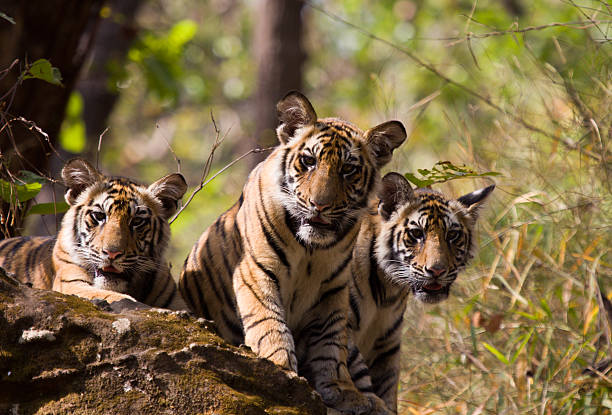
Embarking on a tiger safari in India, home to more than half of the world’s wild tiger population, is a thrilling adventure that promises unique experiences. Here’s what to expect:
- Diverse Safari Options: Choose between the intimacy of an elephant safarior the range of a jeep safari to get closer to the majestic Indian tiger. Both options offer distinct perspectives of the tiger’s natural habitat.
- Optimal Viewing Times: The best period for tiger sightings spans from October to June, with the peak months being February to June. During these drier months, tigers are more frequently found near water sources, enhancing the likelihood of sightings.
- Preparation and Etiquette: A successful safari requires preparation and respect for the wildlife. Visitors are advised to maintain absolute silencefor the best chance of spotting tigers. Essential items include sunglasses, hats, sunscreen, mosquito repellent, and a small medical kit for protection against the sun and mosquitoes. Following the guidelines and instructions provided by your tour guide is crucial for safety.
By understanding what to expect and how to prepare, enthusiasts can maximize their chances of witnessing the Indian tiger in its natural glory, contributing to the conservation efforts while enjoying an unparalleled wildlife safari experience.
Tips for a Successful Indian Tiger Safaris Experience
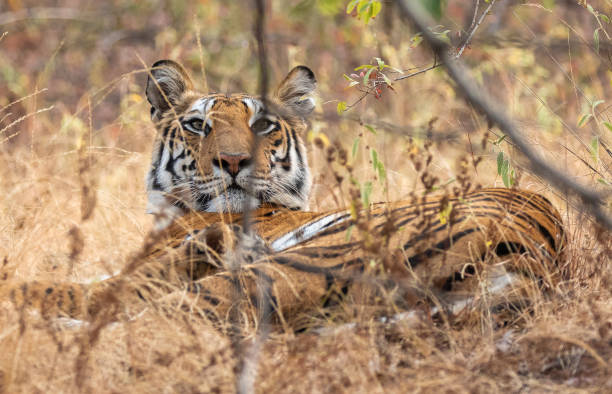
For those eager to embark on a tiger safari in the vast and vibrant landscapes of India, a blend of preparation and respect for the natural environment can significantly enhance the experience. Here are essential tips for a successful tiger safari, ensuring you make the most of your journey into the heart of India’s renowned wildlife reserves like Ranthambore, Bandhavgarh, and others.
- Advance Booking: To secure a spot in the coveted zones of parks like Kaziranga or Kanha, it’s crucial to book your safari in advance. With jeep capacities being limited, tickets for popular reserves sell out quickly, often within days of becoming available.
- Extended Stay: Enhancing your chances of witnessing the majestic Indian tiger involves spending at least five to six nights in reserves. This not only increases your odds due to varying factors such as weather and expert guides but also ensures a fulfilling experience, regardless of sightings.
- Diverse Exploration:
- Visit multiple reserves to experience a broader spectrum of India’s flora and fauna. Combining visits to Panna with Bandhavgarh or exploring a mix of Kanha, Pench, and Satpura offers a richer, more diverse jungle experience.
- Embrace the cultural richness of the region by learning about the tribal culturein Madhya Pradesh. Understanding the history and traditions of local tribes adds depth to your safari adventure.
- Practical Tips:
- Opting for an experienced naturalistcan make your safari more insightful, as they bring a wealth of knowledge on the park’s flora and fauna.
- Dressing appropriately for the weather and maintaining silence during the safari are key to a respectful and enjoyable wildlife experience.
- Prioritize ethical and conservation-driven destinations that contribute positively to the local ecosystem and community.
By integrating these tips into your planning, you’re not just preparing for a safari but a profound engagement with the natural and cultural richness that Indian tiger reserves like Ranthambore, Tadoba, and others have to offer.
FAQs
What is the Cultural and Symbolic Significance of Tigers in India?
Tigers hold a prestigious position in Indian culture, symbolizing grandeur, power, beauty, and aggression, and are linked with courage and heroism. In Hindu mythology, the tiger is notably revered as the mount of Goddess Durga, showcasing its deep-rooted significance in Indian traditions.
Which Tiger is Considered the Most Beautiful in the World?
The world’s most stunning tigers include:
- The White Tiger (Royal White Tiger):A zoo favorite known for its unique and majestic appearance.
- The Tiger of Love:Known for its distinctive and appealing look.
- The Golden Tiger:Stands out for its rare and captivating golden coat.
- The Black Tiger:Notable for its striking and unusual black stripes.
- The Maltese Tiger:Tops the list with its rare and enchanting blue fur.
What Does the Tiger Represent Across Different Cultures?
In various cultures, particularly in China and India, the tiger embodies protection, vitality, strength, and unpredictability. It is revered as a protector against evil and a symbol of power. In Indian culture, it is associated with divinity, serving as a guardian against the evil eye and malevolent spirits. Meanwhile, in Chinese culture, the tiger is honored as a deity, symbolizing similar values of protection and strength.


